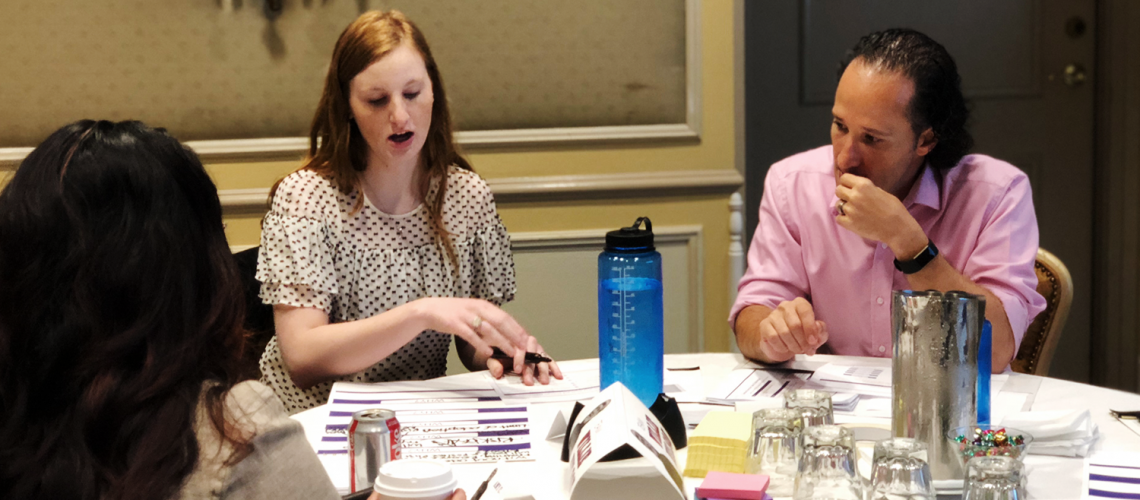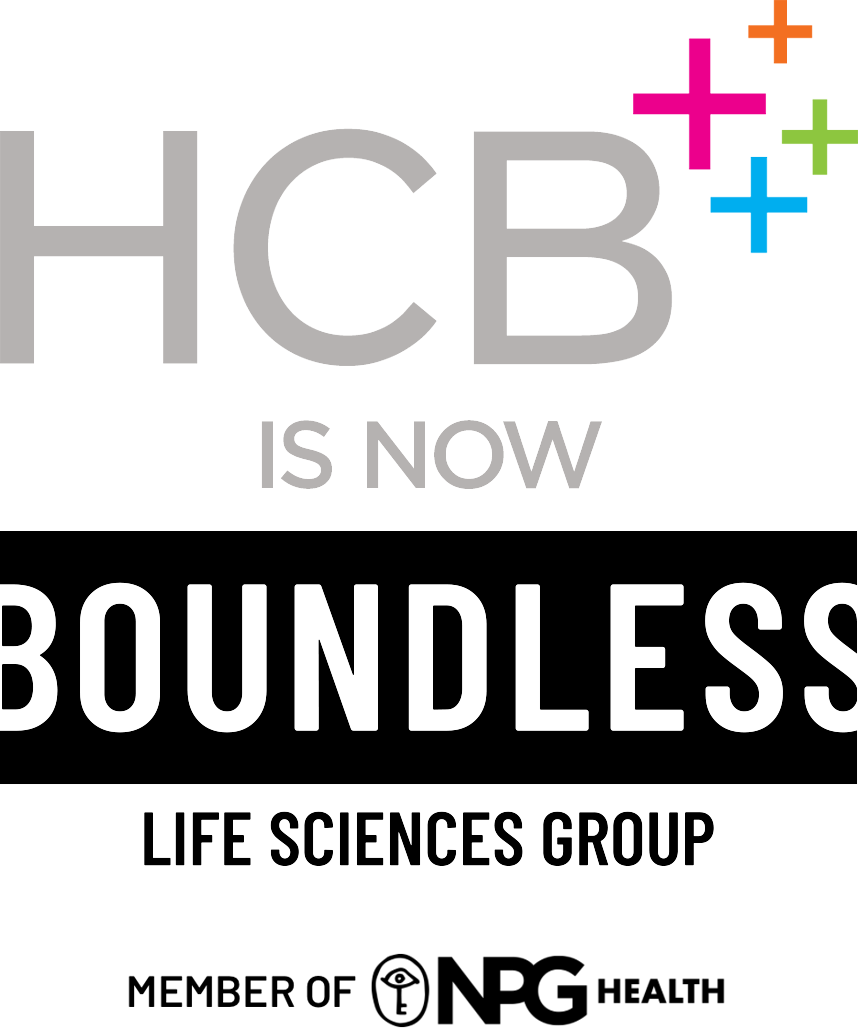Have you ever received an email that you had to read a few times? The first time you read it, you detect a subtle attitude from the author. The second time you think it’s just sarcasm. Finally, you decide it’s not attitude; they are actually mad. Yup, their clipped language and lack of a friendly sign-off mean they are angry.
So what do you do? First you react. Then you respond. You phrase your response perfectly so that the reader knows “I know you are mad, but here’s why I am right” or “Gosh, I am sorry you are mad. I am such an idiot.”
But what happens if the writer isn’t mad at all? He just writes in short sentences and doesn’t do the common pleasantries. Here’s the problem: Email sucks at tone. It’s not always hard to detect tone, but I know you have had an email or two that left you stumped about what the author meant.
Now contrast that with a face-to-face conversation. If someone is mad at me, I would say I am aware of this nearly 99 percent of the time. Not just by what they are saying but by their body language, eye contact and the cadence of their voice. I can listen to them with my ears, my eyes and my heart and together we can get to a resolution quickly (that is, if I haven’t really screwed things up).
I don’t think I am making any great declaration by saying that communication is better in person. But unfortunately our world is not set up like it used to be for face-to-face communication. Working remotely is the new normal. Calling into a meeting has a higher prevalence than attending the meeting. Water cooler conversations? Not extinct, but ask yourself how often you send an email to your coworkers instead of walking the 10 feet to their office. We’ve made things so much easier for ourselves with videoconferencing, GoToMeeting and “Reply All.” But we’ve made things so much harder at the same time. We aren’t looking at each other, and because of that we aren’t listening to each other.
Whenever we bring on a new client at HCB we are very good about trying to adapt to all of their needs. There is one thing, though, that is a non-negotiable for me. That is a listening workshop. The listening workshop is pretty much just what it sounds like. They talk, we listen. Sounds simple? It is. But there is one important rule. It has to be at the agency. We need clients away from their offices, distractions, email and phones. It is our first interaction with them, and that time spent together in our space creates connections that can never happen in their offices or virtually.
Just a few weeks back we met with a new client team that’s based in three different cities, one of them being Glasgow, Scotland. It was a 1.5-day meeting after a long trip to Austin, Texas. But after a rich strategy conversation, a fajitas-eating lesson and some great live music, we bonded. When the client left to make the trip home, she told me what a worthy trip it was – nothing could “replace the face to face.” Her concerns, we saw them. Her ideas, we heard them. Her energy in that room gave us what we needed. That can’t happen on the phone.
So how do we become better listeners in a truly disconnected world? We can start by finding ways to make face to face the norm instead of the exception. So how about making that walk down the hall to have a conversation instead of hitting the send button? Or getting on that plane or in that car to be fully present? It sounds hard and time-consuming, but so is deciphering tone in the thousands of emails that flood your inbox.
There is no doubt in my mind that the word “present” means two things for a reason. A present is a gift given for a special occasion or to show someone you care. Being present is the bigger gift. It is the ultimate act of showing how much you care about another person. It costs nothing, but its value is immeasurable.


